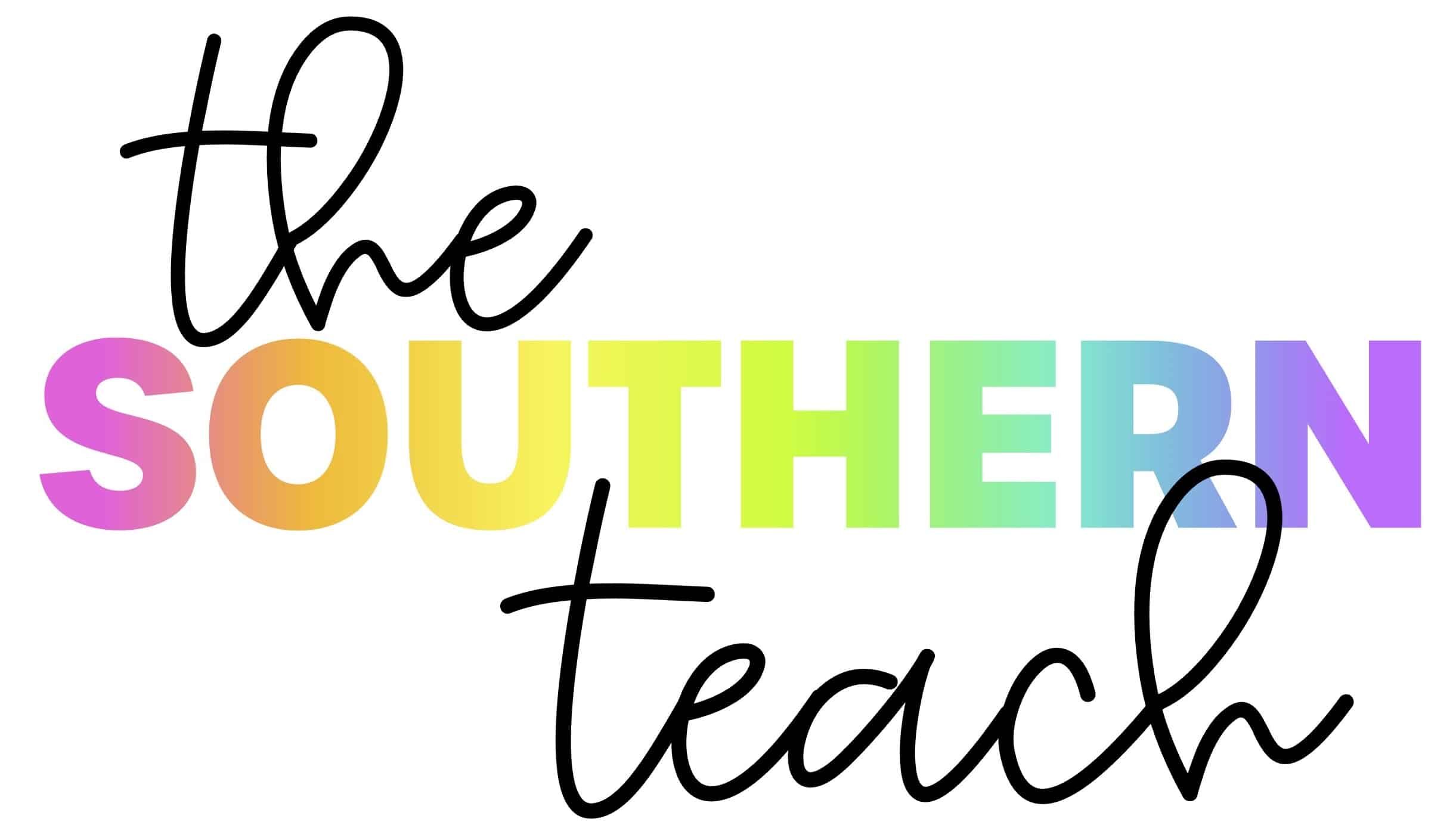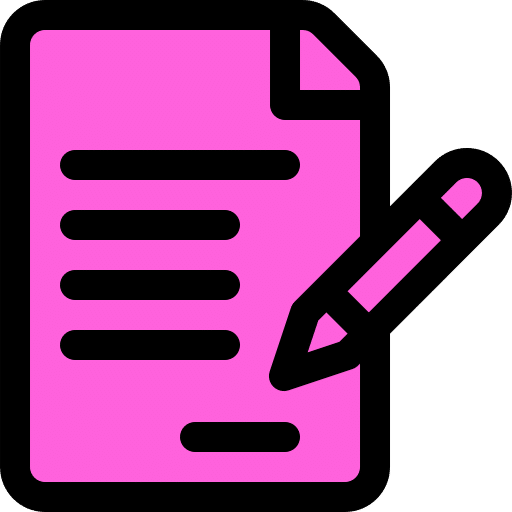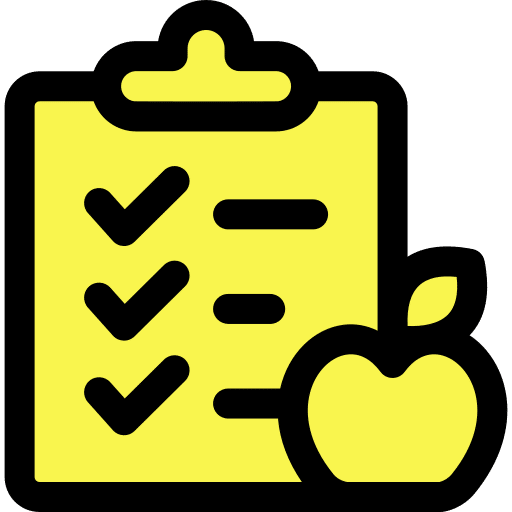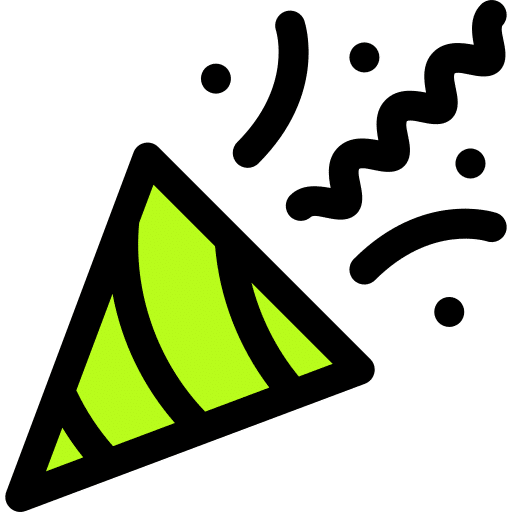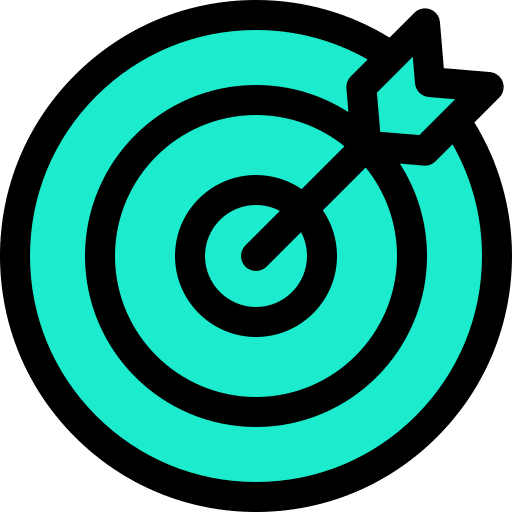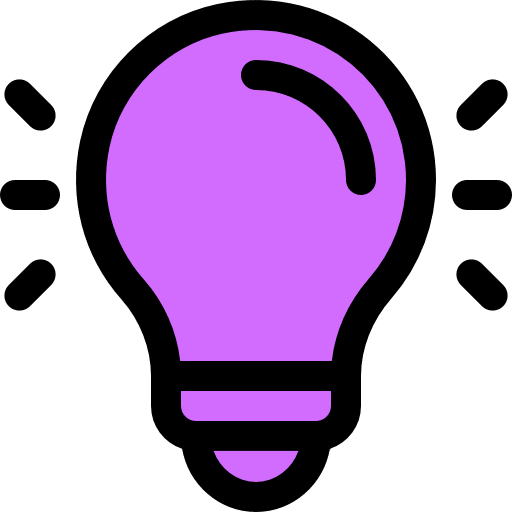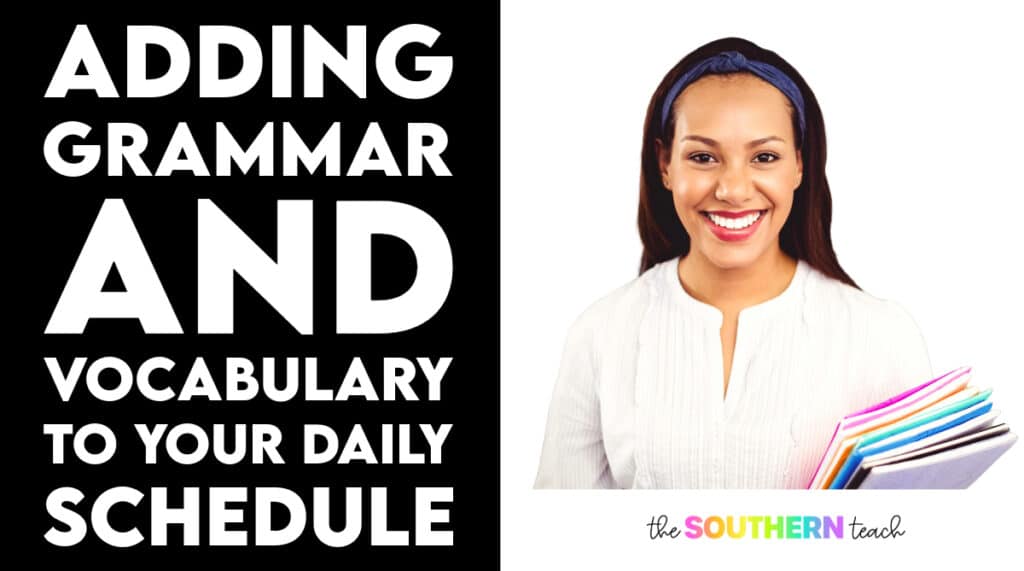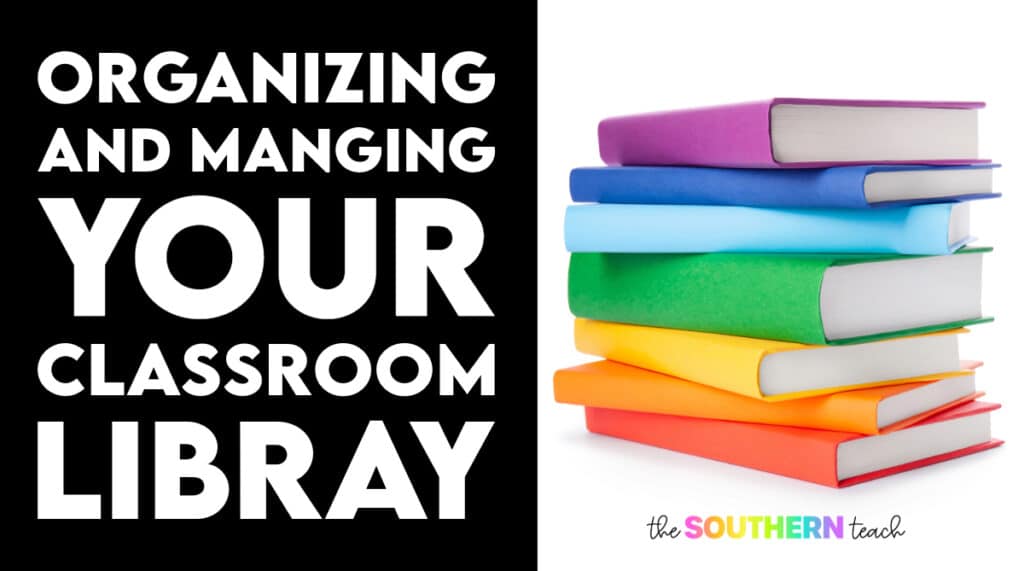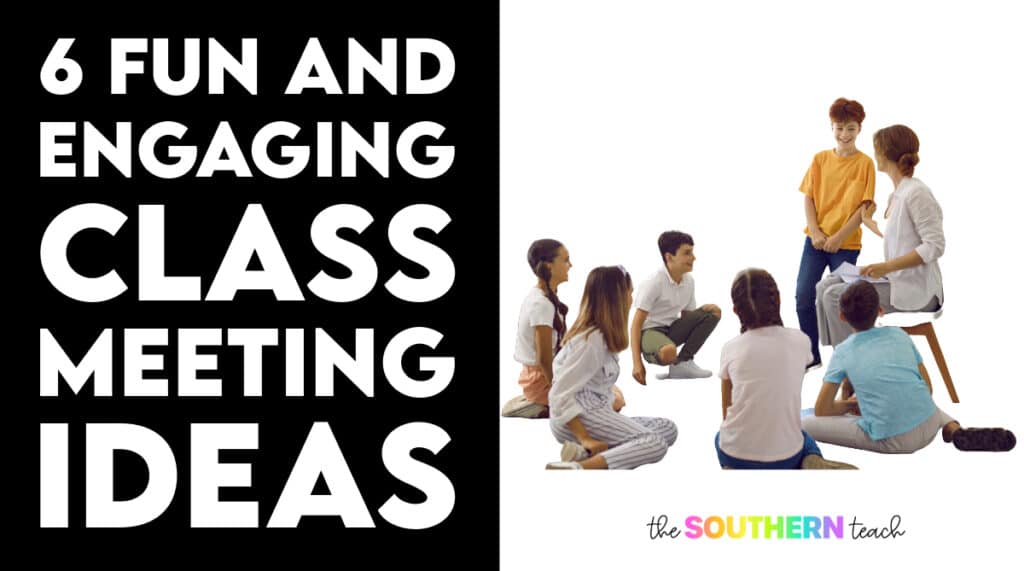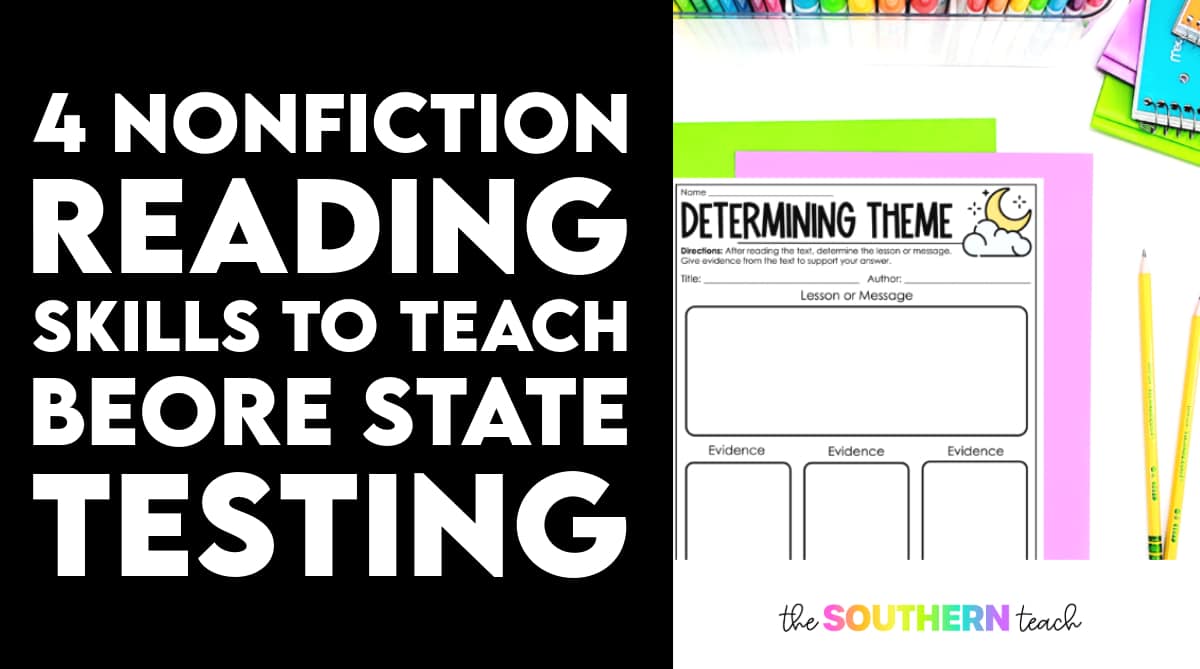
4 Important Nonfiction Reading Skills to Teach Before State Testing
By Kirsten Hammond
Share This Post:
We all know they’re coming for us. We all look toward them feeling anticipation, dread, and sometimes even rage.
What am I talking about? Well, state testing, of course! And, who can forget district-wide assessments? We love those so much too!
Regardless of how we feel about them, they do highlight some nonfiction reading skills that our students can improve on, and those skills are worth teaching!
Here are the top 4 common nonfiction reading skills I’ve noticed students struggle with the most on school and district-wide assessments.
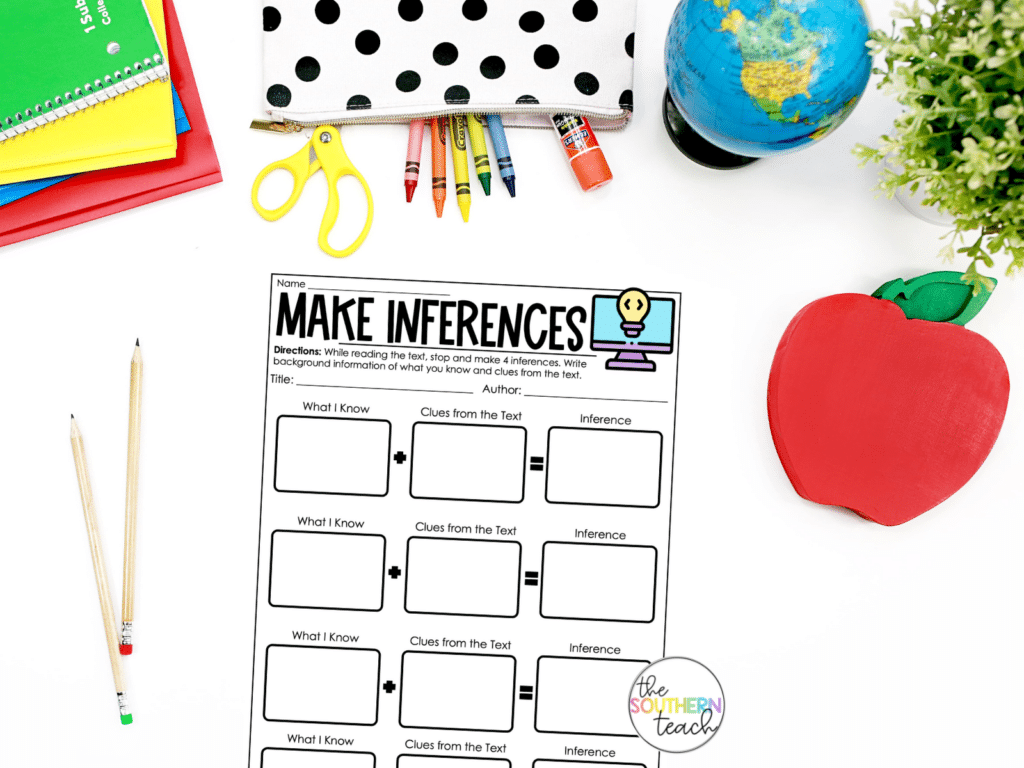
1. Inferencing
When students are young and still stuck in the literal phase of their thinking, it can be harder for them to understand information when it’s not directly stated. This is one reason why inferencing can be challenging for them.
Applying previously learned knowledge to new information is another way that inferencing can be hard for kids. So what do we do?
We can help by providing students with opportunities to practice making use of their background knowledge, or schema, and combining it with clues that they find from the text. Background knowledge (scheme) + context clues = inference! This graphic organizer bundle has the perfect inferencing handout that models exactly that, which can be used with any text. It’s a great way to practice nonfiction reading skills with your students!
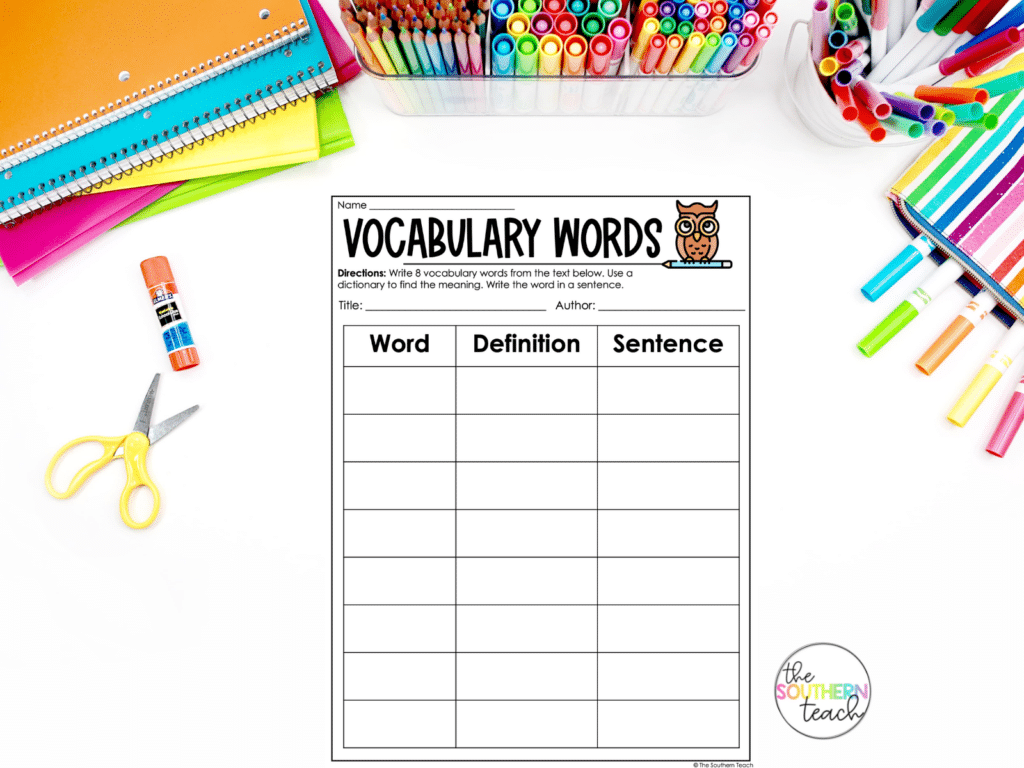
2. Context Clues
Context clues can be challenging as well. Many kids may not have the background info on unfamiliar words, especially if English is not their primary language. They may not even know how to find the meaning of a word using clues in the text.
We can help students overcome this by explicitly teaching them the following strategies:
- pay attention to the words before and after the unfamiliar word
- make an educated guess
- check your guess to see if it makes sense
- use other clues such as pictures in the text
- use answer choices fill in and eliminate if a multiple choice question
This also takes practice! You can use the task cards in this bundle for upper elementary texts to practice bot fiction and nonfiction reading skills. Once you’ve explicitly taught students these strategies, remember to post them up as an anchor chart for them to refer to!
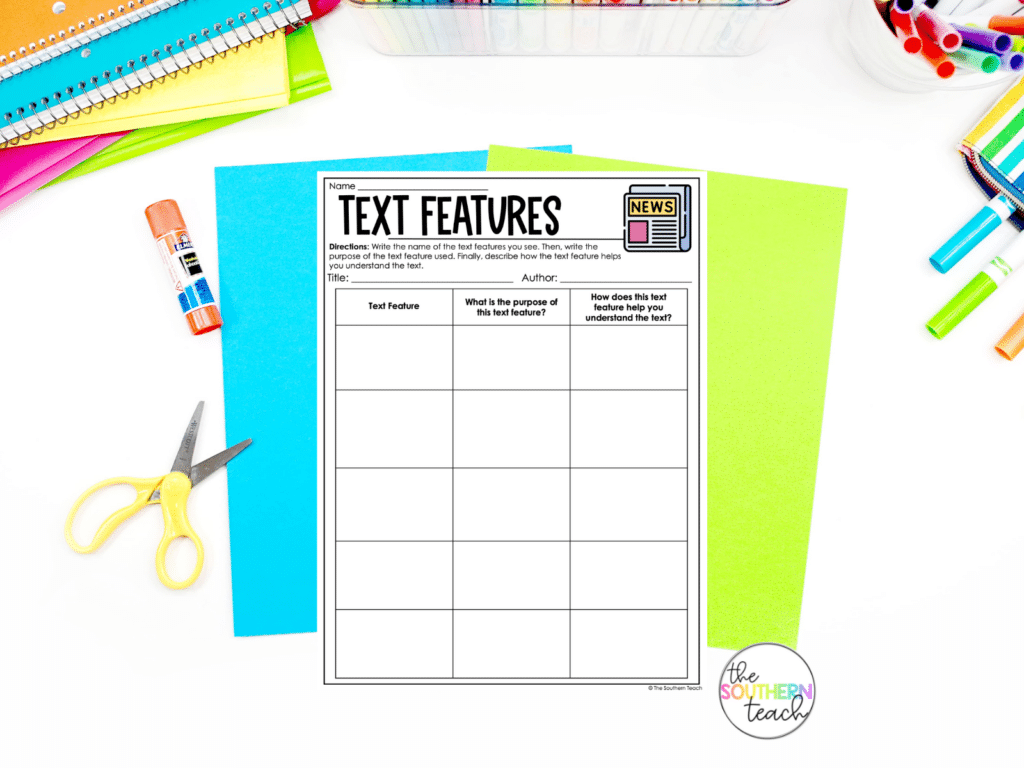
3. Text Features
When given a new text, sometimes students may not be familiar with the features and the purpose of why it’s there in the text.
We can pre-teach this skill in a few different ways, but my favorite activity is a text feature hunt! Students select their own nonfiction book of choice, and use the Text Feature graphic organizer in this set to identify text features.
Make sure that when they are finding a text feature, they are able to discuss what it is, what its purpose is, and how it enhances or helps the reader understand the text. Usually for our text feature hunt, I had students identify the text features and write the purpose of how it helps the reader on a sticky note. Then, we shared as a class or in small groups.
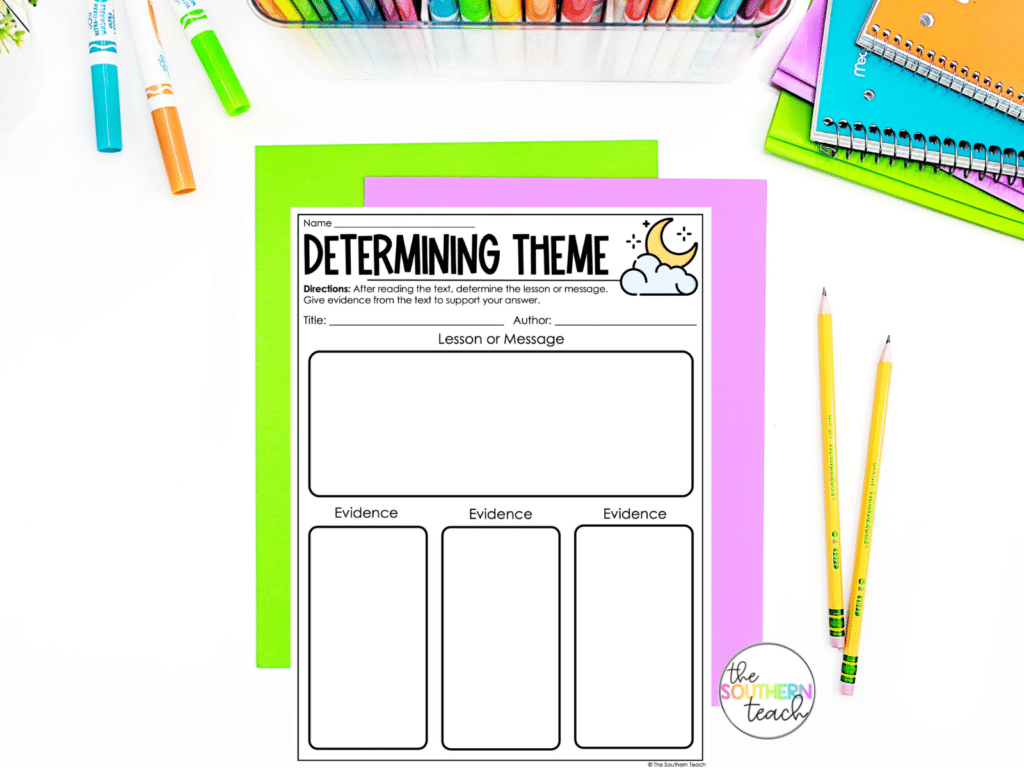
4. Theme
Inferencing is challenging enough; identifying themes is even harder! Like with inferencing, students often have difficulty applying previously learned knowledge to new information. And just like with inferencing, it can be hard for students to understand information when it’s not directly stated. This is even harder when it comes to themes, which is a concept that’s difficult to understand on its own!
We can structure this for students by showing them how to break down texts. Have them practice determining the big idea as well as important details in the plot. Also have students ask what the reader can learn from the story.
Resources to Use When Teaching Nonfiction Reading Skills
I’ve always used the graphic organizer in this bundle to scaffold the process for them. With practice, eventually they get the hang of it.
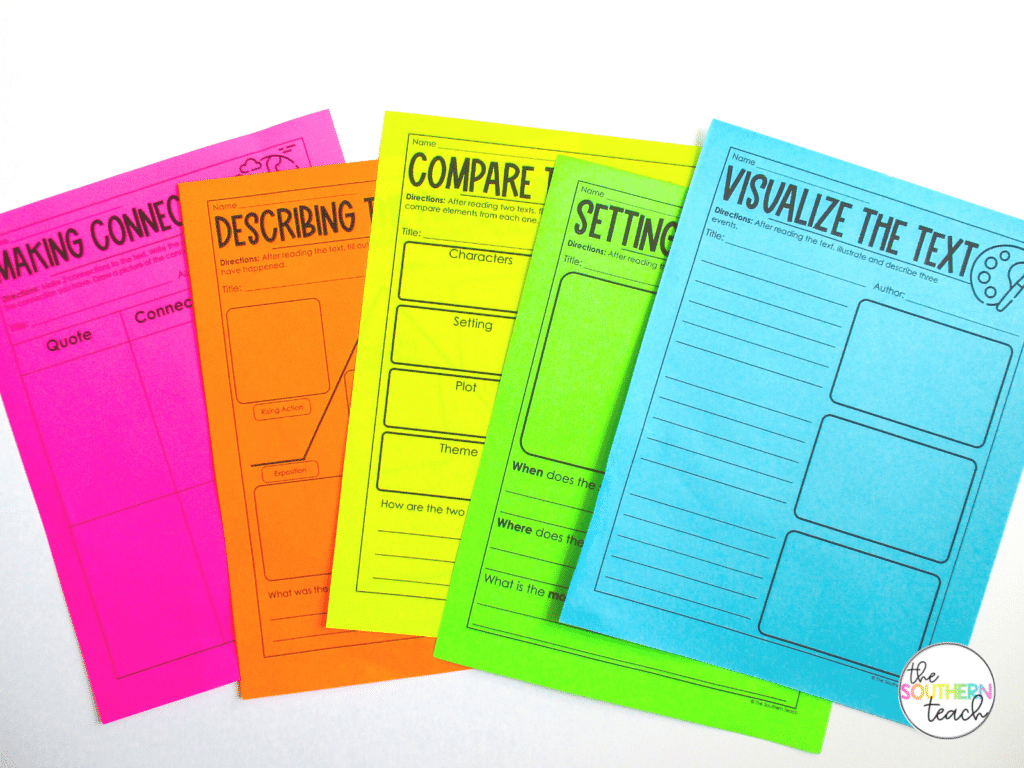
The set of graphic organizers for fiction and nonfiction texts that has been linked throughout the post is shared several times for good reason. They’re great for reteaching and going over in detail in small groups. They can be used with any book or text, and they break down important nonfiction reading skills very effectively!
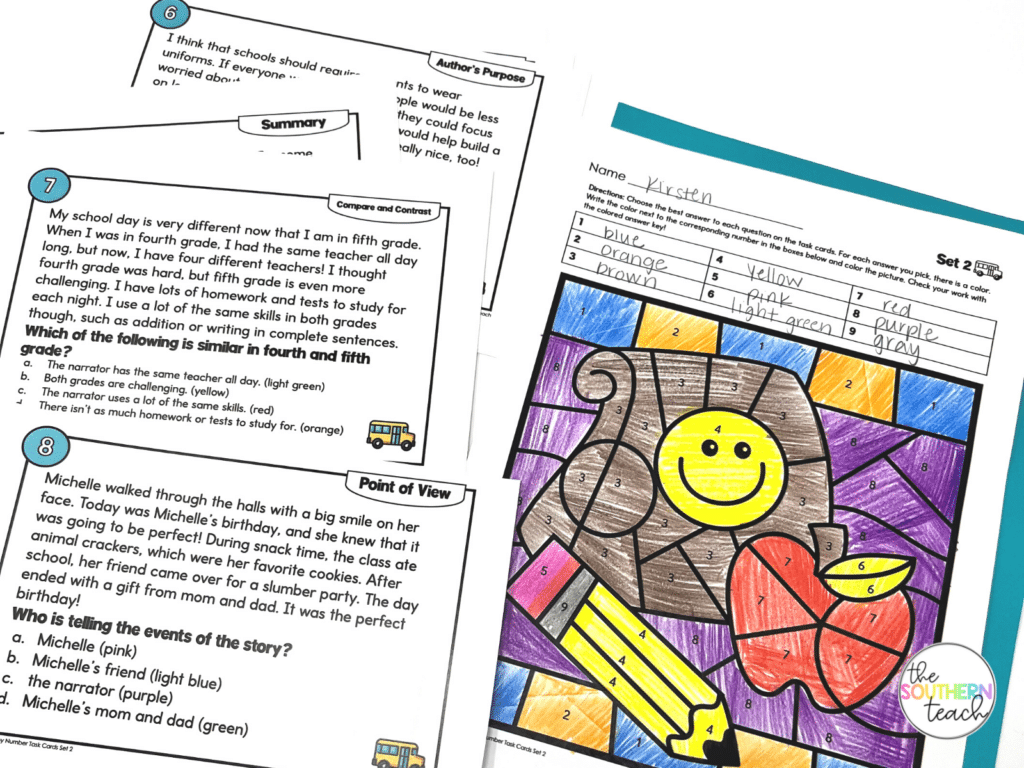
If you’re looking for practice texts geared to upper elementary, these comprehension task cards are engaging and fun! They spiral the same fiction and nonfiction reading skills throughout the year with different passages and questions, and include 3 sets of task cards for each month.
Check out more ELA or reading blog posts on my website for more tips!
kirsten hammond
Kirsten is a former 3rd and 5th grade teacher who loves helping upper elementary teachers by creating resources and sharing ideas that are engaging, research-based, and TEKS-aligned. She is a work-from-home mama of 3 rambunctious little ones and loves running, true crime, and lots of coffee.
